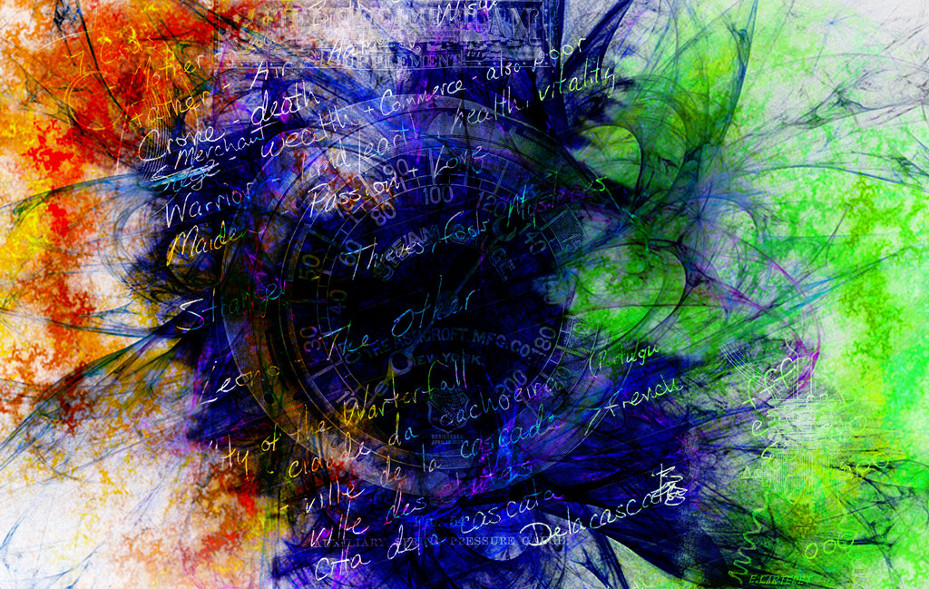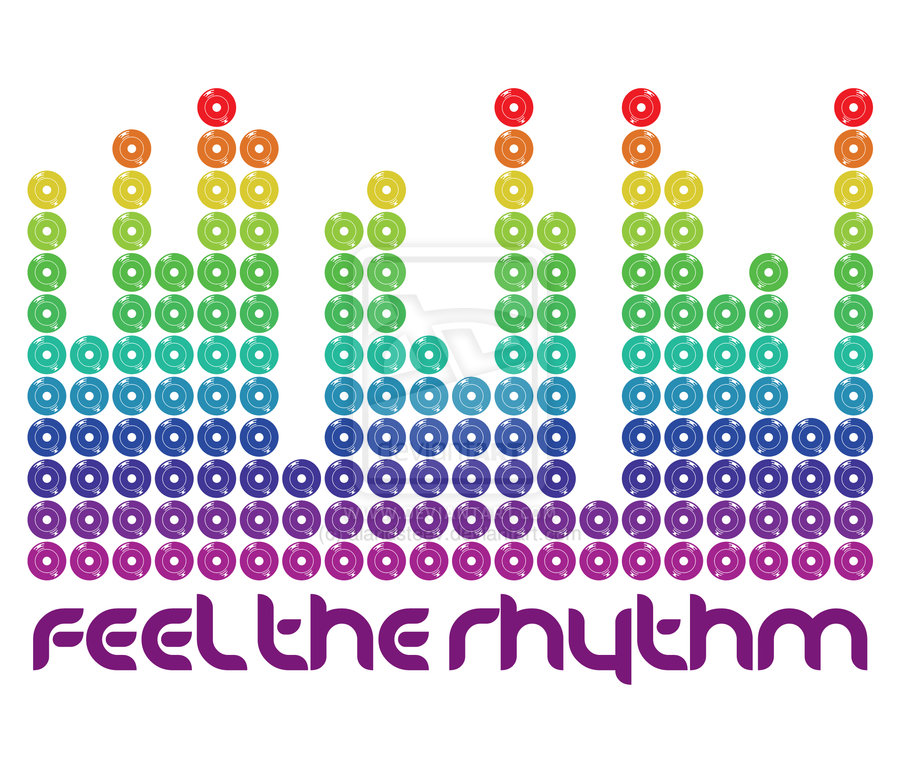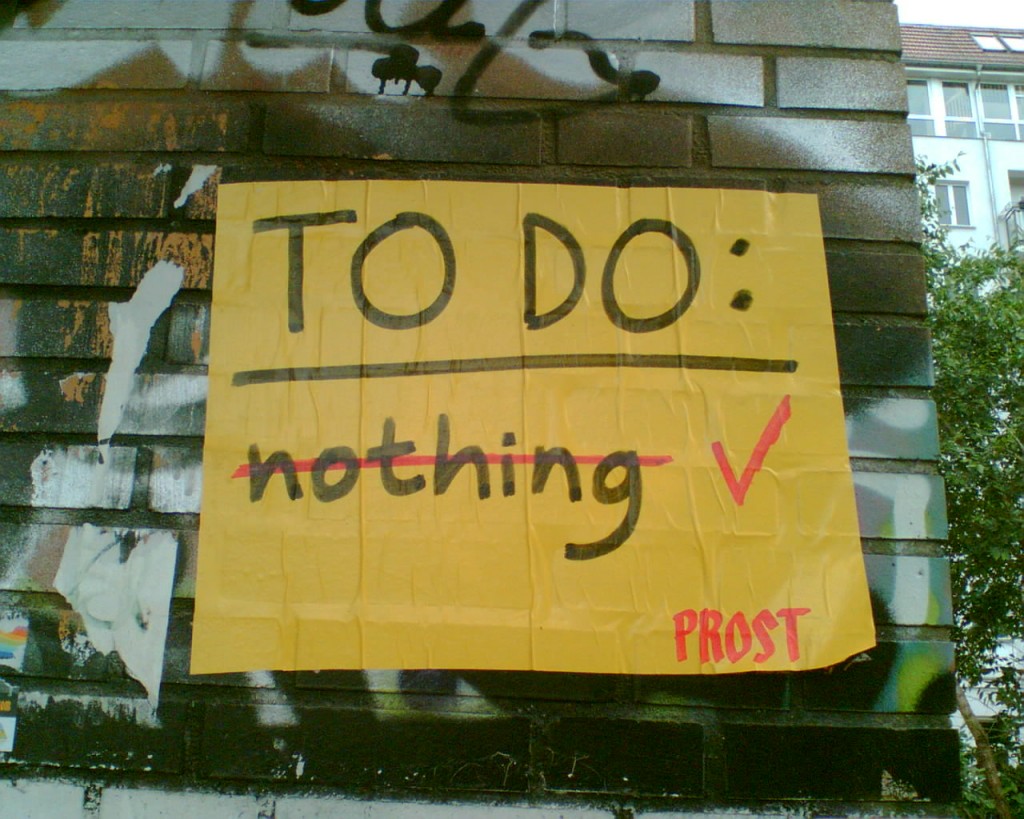The term brainstorming has taken a bit of an unexpected detour in the last 25 years, ending up an overused “buzzword” in business. While creative ideas generated through brainstorming techniques are invaluable in business, brainstorming is a powerful tool for anyone to use as part of active creative play. It’s the fire that stokes your desire to dream and create in the first place.
That’s why it’s an essential part of any creative budget.
The creative seeding that takes place during a brainstorming session is where creative desire meets permission. You allow yourself to see and feel what’s possible without any real risk to your ego or bank account.
The act of exploring ideas without becoming emotionally attached to them is a skill that only comes through trial, error and experience, and slowly helps to build your overall confidence. Sorry folks, you just can’t pick up a “Dummies” book for this one!
Brainstorming is also the perfect opportunity to give all sorts of creative muscles a really good workout as you “try on” lots of opportunities – something that would be physically impossible to do in real life in a short time frame.
So how do you do it? Alone? In the shower? With the lights off? In a group?
Getting Into Brainstorming Rhythms (and out of them)
The easiest first step is to add brainstorming time to your schedule in a way that feels natural and easy. I tend to use Friday afternoons once a week, but that doesn’t stop me from indulging in free association idea generation when the mood strikes.
Start by picking a time you know you are feeling open to play and can put the list of burning “to-do’s” aside. A walk or meditation can help set you in a relaxing mood, or simply turn off the phone and computer and spend time in a place you don’t normally work. Unfamiliar settings are very helpful for idea generation, as well as switching up routines and work schedules.
Even doing something as benign as a grocery run on a different day or time can be enough to get the mind looking at things differently. I also love going to a bookstore and just browsing. The titles, images and ideas of others triggers something in me, like I’m silently communing with other writers and creatives in some secret language.
Connecting with other people you trust to share insights and perspectives on each other’s ideas is not only helpful, but a brainstorm essential. Online communities can be a good place to start if you are unable to find something locally, but remember, you also need to actively contribute to make it an even exchange. When I co-work once a week at Cohere, I’m able to give and get meaningful exchanges from very smart talented folks, which is what makes it such a fun way to brainstorm and share.
Forget About Brainstorming Goals, Focus on the Power it Adds to a Creative Budget
Brainstorming is all about the act of playfulness. Connecting with what feels juicy and what feels flat, with what’s exciting or the one thing that terrifies you most. Flexing those creative muscles regularly is what clears out the clutter and helps you see creativity unfolding before you with simple grace. It also helps you build familiarity with how your mind and body work together to share information when idea feels like it would be fun to explore further.
While many people brainstorm with a particular goal in mind, I feel keeping things open-ended is the ultimate act of creative self-trust. It reminds your ego that you can be patient and that you fully trust in your ability to create beautiful, innovative, meaningful things.
I also think attempting to always meet a goal when brainstorming is a bit like eating ice cream with a fork. You can get somewhere, but not as far as you would if you used the best tool for the job. With brainstorming, the most effective tools are the simplest – an open mind and boundless heart with no goal in mind other than to get out of your own routines and expectations to find hidden gems.
This post is part of an installment from the creative budget series. I covered other creative budget essentials in these posts: Joy, inspiring creative space, and physical movement.
Photo credit: Mick Bradley, alandsteev, stickerthing


